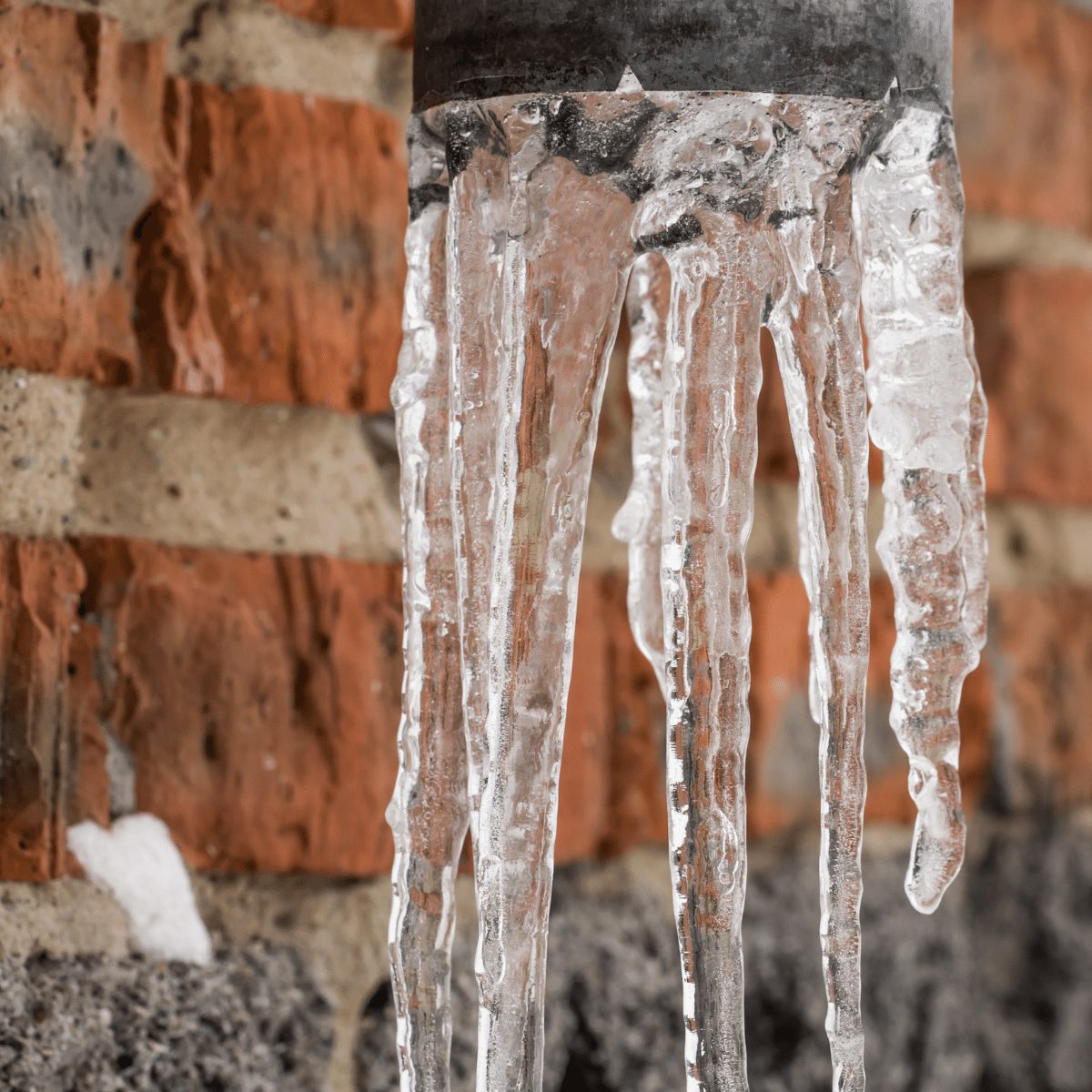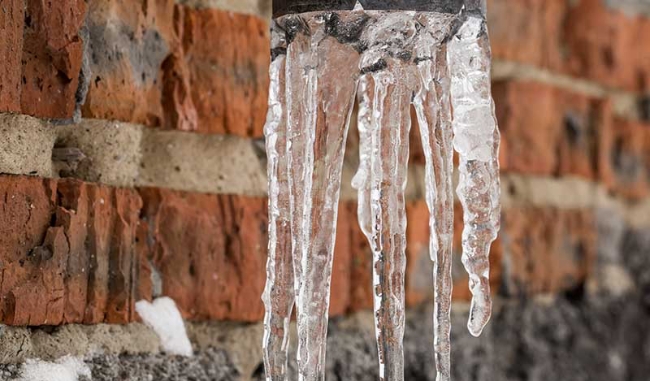Critical Approaches for Preventing Frozen Pipes in Winter
Critical Approaches for Preventing Frozen Pipes in Winter
Blog Article
Almost everyone maintains their own individual opinion with regards to 6 Ways to Prevent Frozen Pipes.

Winter can damage your plumbing, particularly by freezing pipes. Here's how to prevent it from happening and what to do if it does.
Introduction
As temperature levels decrease, the risk of frozen pipes increases, possibly causing pricey repair work and water damages. Comprehending exactly how to avoid frozen pipes is crucial for property owners in cool climates.
Understanding Frozen Pipelines
What causes pipes to ice up?
Pipes freeze when subjected to temperatures below 32 ° F (0 ° C) for prolonged durations. As water inside the pipelines ices up, it increases, putting pressure on the pipe walls and potentially triggering them to rupture.
Threats and damages
Icy pipes can lead to water system disruptions, building damages, and costly repair services. Burst pipelines can flood homes and cause comprehensive structural damage.
Indicators of Frozen Water Lines
Recognizing frozen pipes early can avoid them from bursting.
Exactly how to recognize icy pipes
Search for reduced water circulation from taps, unusual smells or sounds from pipes, and visible frost on subjected pipelines.
Prevention Tips
Shielding at risk pipelines
Wrap pipelines in insulation sleeves or make use of heat tape to safeguard them from freezing temperature levels. Concentrate on pipes in unheated or exterior locations of the home.
Heating strategies
Keep indoor spaces sufficiently heated, specifically areas with plumbing. Open cupboard doors to permit warm air to circulate around pipelines under sinks.
Protecting Outside Pipes
Yard hose pipes and outside taps
Disconnect and drain yard pipes before wintertime. Mount frost-proof faucets or cover outdoor faucets with shielded caps.
What to Do If Your Pipelines Freeze
Immediate activities to take
If you presume frozen pipes, maintain taps available to soothe stress as the ice melts. Make use of a hairdryer or towels taken in warm water to thaw pipelines gradually.
Long-Term Solutions
Architectural modifications
Think about rerouting pipelines away from outside wall surfaces or unheated areas. Add extra insulation to attic rooms, basements, and crawl spaces.
Upgrading insulation
Purchase high-grade insulation for pipelines, attic rooms, and wall surfaces. Correct insulation helps keep regular temperatures and reduces the danger of icy pipelines.
Verdict
Stopping frozen pipes calls for proactive procedures and quick reactions. By recognizing the reasons, indicators, and preventive measures, home owners can protect their pipes during winter.
5 Ways to Prevent Frozen Pipes
Drain Outdoor Faucets and Disconnect Hoses
First, close the shut-off valve that controls the flow of water in the pipe to your outdoor faucet. Then, head outside to disconnect and drain your hose and open the outdoor faucet to allow the water to completely drain out of the line. Turn off the faucet when done. Finally, head back to the shut-off valve and drain the remaining water inside the pipe into a bucket or container. Additionally, if you have a home irrigation system, you should consider hiring an expert to clear the system of water each year.
Insulate Pipes
One of the best and most cost-effective methods for preventing frozen water pipes is to wrap your pipes with insulation. This is especially important for areas in your home that aren’t exposed to heat, such as an attic. We suggest using foam sleeves, which can typically be found at your local hardware store.
Keep Heat Running at 65
Your pipes are located inside your walls, and the temperature there is much colder than the rest of the house. To prevent your pipes from freezing, The Insurance Information Institute suggests that you keep your home heated to at least 65 degrees, even when traveling. You may want to invest in smart devices that can keep an eye on the temperature in your home while you’re away.
Leave Water Dripping
Moving water — even a small trickle — can prevent ice from forming inside your pipes. When freezing temps are imminent, start a drip of water from all faucets that serve exposed pipes. Leaving a few faucets running will also help relieve pressure inside the pipes and help prevent a rupture if the water inside freezes.
Open Cupboard Doors
Warm your kitchen and bathroom pipes by opening cupboards and vanities. You should also leave your interior doors ajar to help warm air circulate evenly throughout your home.

As a fervent reader about Helpful Tips to Prevent Frozen Pipes this Winter, I thought sharing that segment was beneficial. Don't hesitate to set aside a second to share this post if you appreciated it. Thanks so much for going through it.
Click Here Report this page